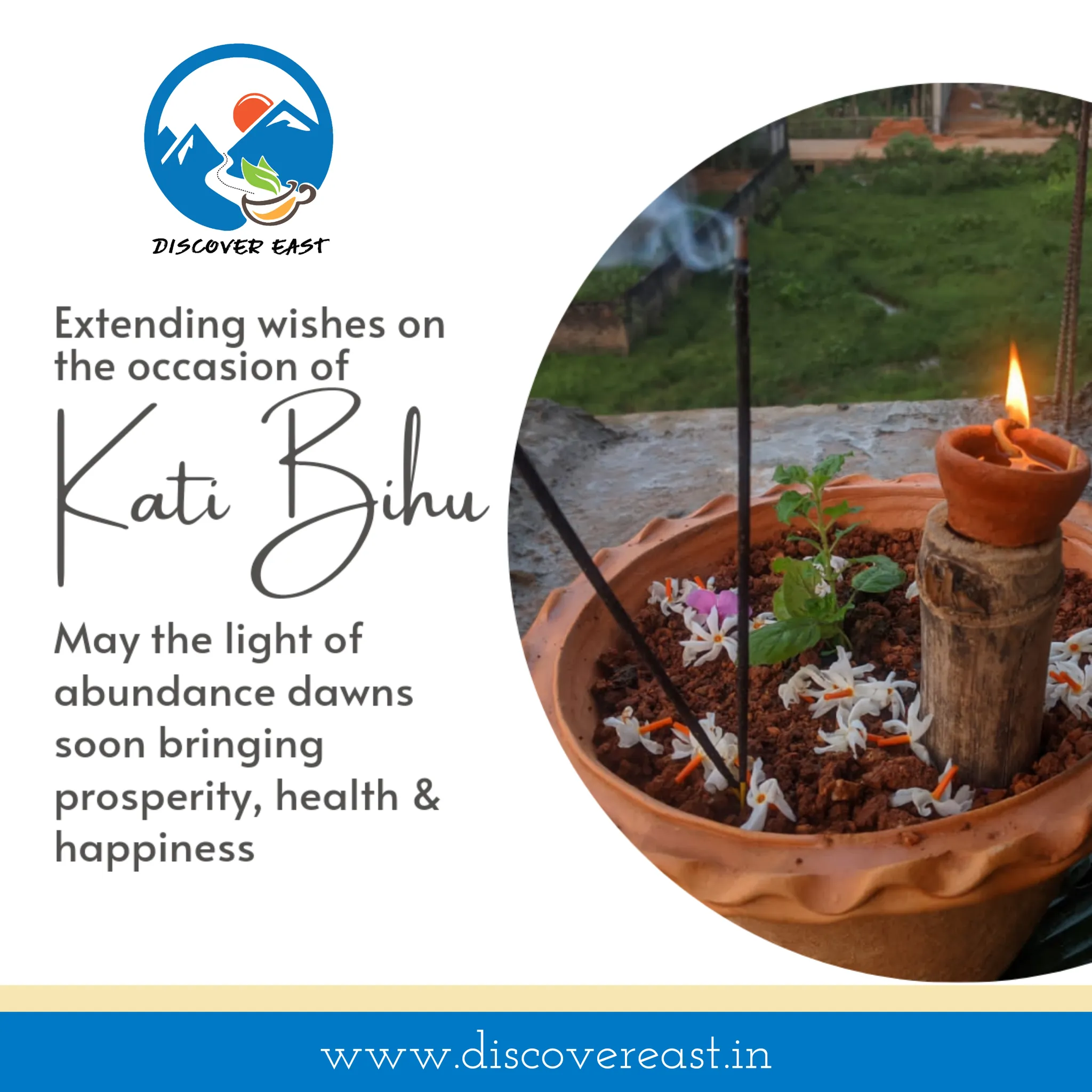Assamese people celebrate three main celebrations called Bihu. Bohag Bihu to mark the start of year, Kati Bihu to pray for a good harvest and protect the crops and Magh Bihu to celebrate the harvest season.
In the ancient time, the Assamese people were predominantly into agriculture. And the main crop to be cultivated is rice and it is followed by seasonal vegetables. And the chance of damage by various insects grows when the rice grains start to develop in the autumn season. Kati Bihu is celebrated on the last day of the month of Aahin.
Kati Bihu, also called Kongali Bihu is the time when the rice and vegetables are growing at a fast pace. This bihu involves lighting lamps in front of a tulsi plant as well as in the fields. And the tradition of worshiping a tulsi plant by lighting saki or traditional earthen lamps goes way beyond just praying for a good crop to the gods. Soaked gram and lentils along with fruits are offered as prasad or religious offerings. The prasad is usually put on a traditional bell metal sarai. Cut banana leaves are put both below it and above it. Some people also use the Assamese bamboo khorahi.
The earthen lamps and their larger and taller versions, the akakh – bonti or skylight also attract and kill insects. These insects would otherwise destroy the crops in the field. Its like a natural pest control tradition for one month.
It is called Konglai as the granaries of the farmers are almost empty during this time. As they wait for the rice to ripen, they prayers are made for a grand harvest. Also since the temperature goes down slowly with the advert of winters, the month of Kati a good time to plant new trees and crops.

